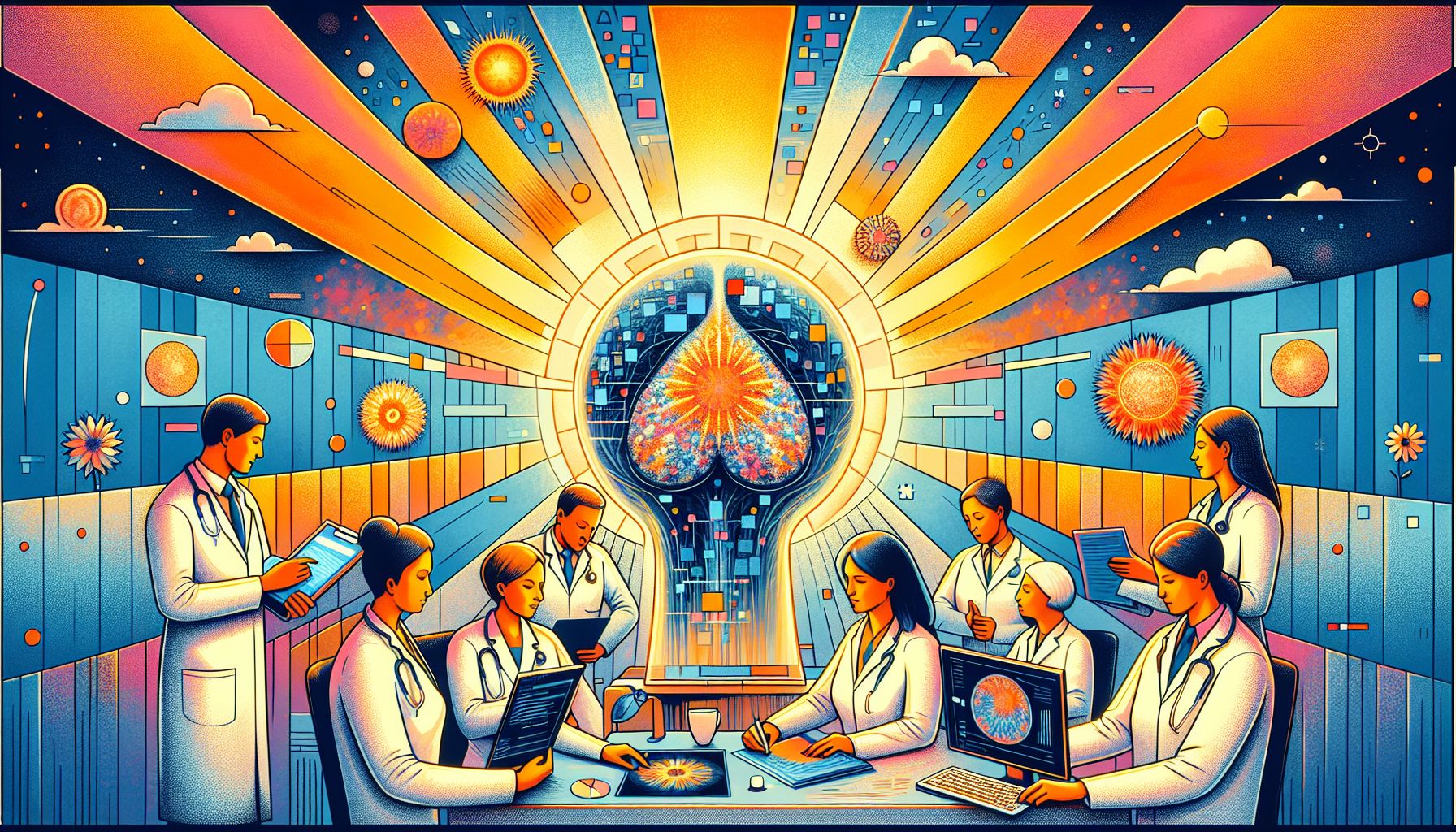AI-Driven Mammography Boosts Breast Cancer Detection by 33%

AI-enhanced mammography significantly reduces radiologists’ workload and improves detection rates, increasing early diagnosis and treatment success for breast cancer patients.
Significant Reduction in Radiologist Workload
The recent study conducted in Denmark and the Netherlands has demonstrated that implementing AI in mammography screening can decrease radiologists’ workload by 33.5%. This reduction is achieved by using AI tools to assist in narrowing down mammograms with lesion markings, thereby allowing radiologists to focus on more suspicious cases. The AI system, developed by ScreenPoint Medical and known as Transpara, utilizes deep learning models to detect and highlight suspicious calcifications or lesions, rating them on a scale of 1 to 10 based on cancer probability[1].
Enhanced Detection Rates and Reduced False Positives
AI-assisted mammography screening has not only lightened the workload but also significantly improved breast cancer detection rates. The study found that the cancer detection rate increased from 0.70% to 0.82% after the implementation of AI, while the false-positive rate decreased from 2.39% to 1.63%[2]. This improvement in detection rates and reduction in false positives means that fewer women need to return for follow-up exams, thereby reducing the emotional and physical stress associated with false alarms[3].
AI’s Role in Early Cancer Detection
One of the most critical benefits of AI in mammography is its ability to detect smaller tumors that are often missed in traditional screenings. The AI system was particularly effective in identifying tumors 1 centimeter or less in size, detecting 44.93% of such cases compared to 36.60% without AI assistance[4]. This capability is crucial for early diagnosis, which significantly improves the prognosis and treatment outcomes for breast cancer patients.
Impact on Screening Performance Indicators
The implementation of AI in mammography screening has also led to improvements in other performance indicators. The positive predictive value of AI-assisted screening increased from 22.6% to 33.6%, meaning that the likelihood of a positive result truly indicating cancer was higher with AI assistance[5]. Additionally, the overall recall rate decreased by 20.5%, further emphasizing the efficiency of AI in prioritizing and accurately assessing mammograms[6].
Future Prospects and Research
While the current results are promising, researchers emphasize the need for further studies to evaluate the long-term outcomes of AI-assisted mammography. Dr. Andreas D. Lauritzen, a key researcher from the University of Copenhagen, noted that future research should focus on refining the AI system to include access to previous screening mammograms, which could enhance the system’s accuracy and individualized assessment capabilities[7]. The ongoing development and integration of AI in mammography promise to continue improving breast cancer screening and treatment outcomes.
Bronnen
- www.news-medical.net
- pubs.rsna.org
- www.sciencedaily.com
- medicalxpress.com
- www.healthday.com
- www.reformer.com

